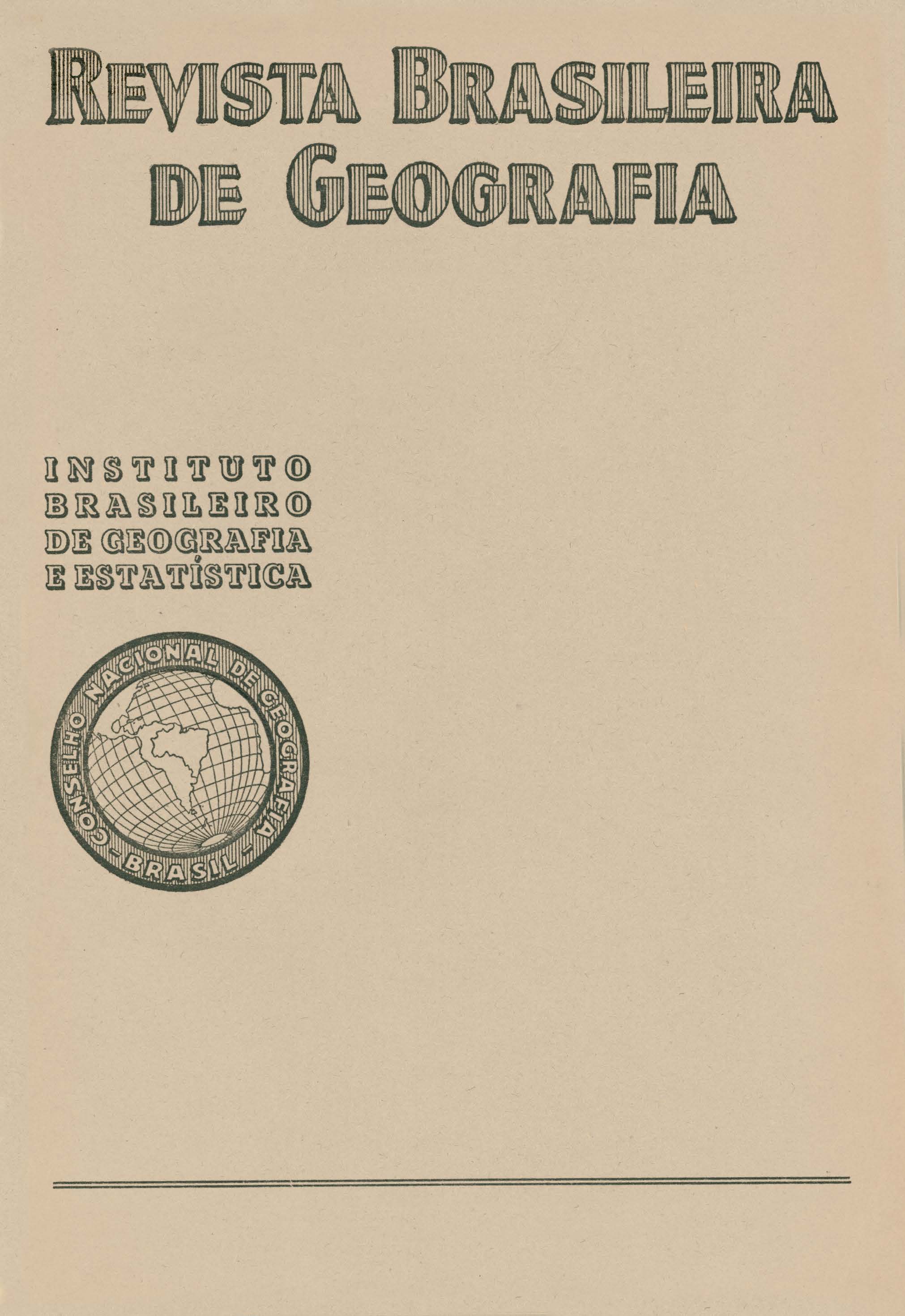Notas sobre a biogeografia de uma parte da Serra do Mar
Palavras-chave:
Serra do Mar;, Fitogeografia;, Geomorfologia;, Biogeografia.Resumo
The author, Professor Pierre Dansereau, started his work by explaining that it is but the result of observations made in the field during a little trip he undertook between January 12 and. 17, 1948.
He distinguished in his report four main regions, which he studied separately.
I - Fluminense Lowland - He went through lt in the region which lies from Rio de .Janeiro to Belém. This region presents the typical relief of the rounded hills, alternated with low and swampy valleys. These hills are mostly dressed with thick grass and have just a few stretches of wood in its summits and ravines. In the low sections some hydrophile associations can be observed. Professor Pierre Dansereau studied these associations and the change caused to them by artificial drain.
II - Sharp Declivity - It represents the part of the tour which lies between Belém and Governador Portela. There the author emphasized mainly the change of the scene: the topography is completely different, the waterfalls and the erosion very accentuated..
III - The Plateau - This third region, from Barão de Javari to Teresópolis, the author subdivided into four parts: · .
- a) ·Barão de Javari - He studied with more detail a small valley near Hotel Itamaraca. He stressed how it is hard to determine the stages of the prisere and said it is but possible to delimit, at least in short some steps of the sub sere. He studied the vegetation which can be found in the hills and the transformations it underwent. The hidrosere starts there with the Cyperaceas and its evolution goes on with the Malvaceas and the Graminaceas. Professor Dansereau mentioned the absence in this valley of several stages among the pioneer associations and the rest of the wood, which is of sub-climax type. Concerning the climax, it was not seen to persist, even under a degraded form.
- b) Barão de Javari to Vila Suzana- The author emphasized to have observed in this region some associations which had not yet appeared. This made possible for him to complete the succession stages, specially of the hidrosere and of the sub-climax. He studied the associations of the bank river and passed then to the process of reconstitution of the wood. He equally made reference to several stages observed in the sub-climax.
- c) Vila Suzana to Fazenda Inglesa - After he left Vila Suzana, he crossed a region of hills with vegetation of the "maquis" type. The author studied it in its main aspects. Then, he pointed out the existence of wood sections in the scarp declivities of the Santo Antonio river valley. He even gave with plenty of details the results of a survey made in one of these sections, a little down the Colo do Falcão. After that, observations were made of almost all stages of the succession in the slopes of the valley. Professor Danserreau mentioned the existence of climax forests in the W declivity.
He emphasized the great devastation which has been made in the region and the fact of the wood being exploited so coal can be obtained. He also emphasized the consequences which such activity may cause to the soil and to the vegetation. Then, he explained the different stages of the succession there but he pointed out that since the observations had been rapid and superficial the mapped scheme could only aim to present a few lines of the evolution of the vegetation.
- d) Good Climate to Teresópolis - The author said the general evolution of the vegetation In this region is similar to that o f those regions crossed in previous days. little are the sections.






